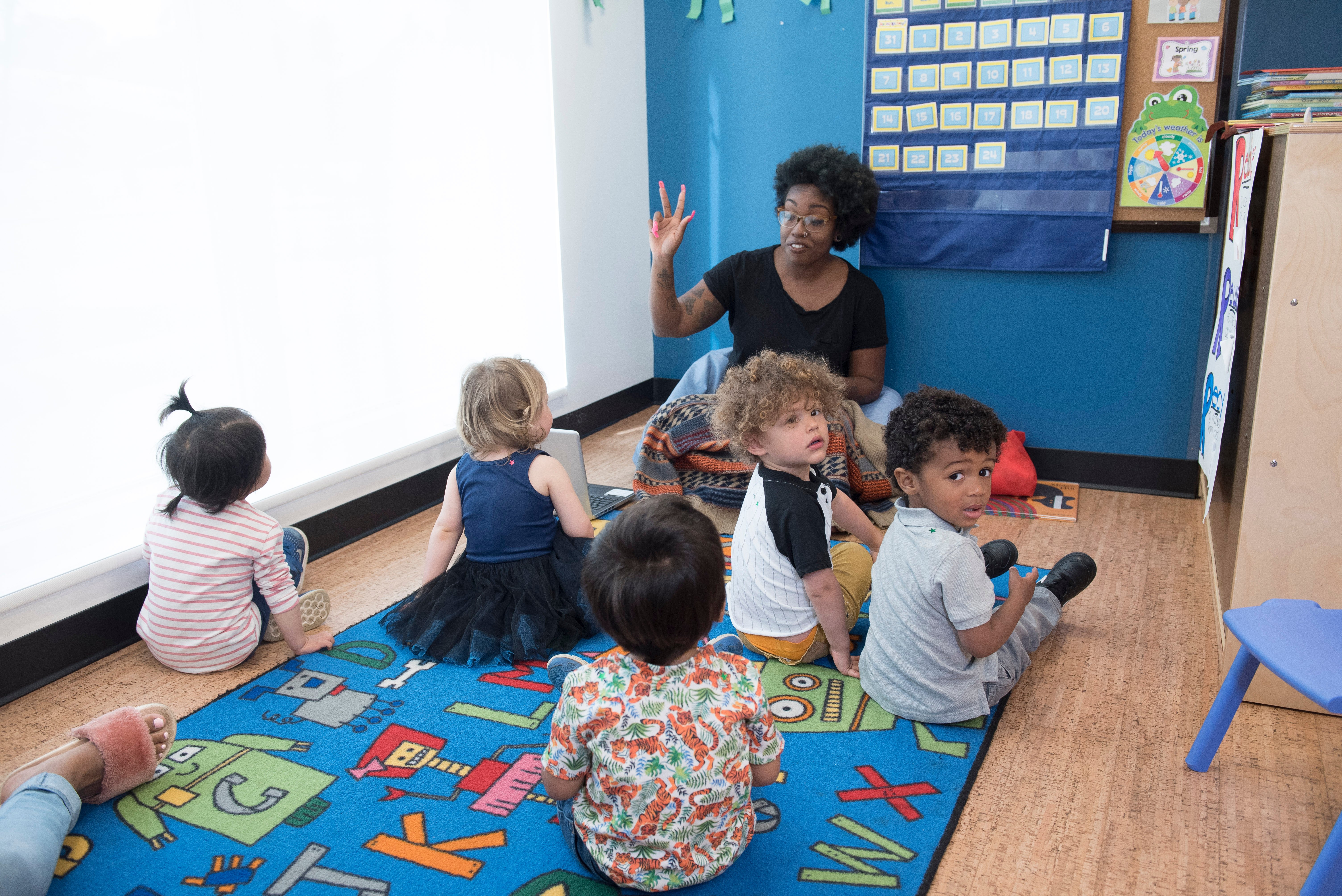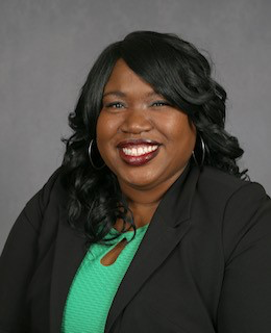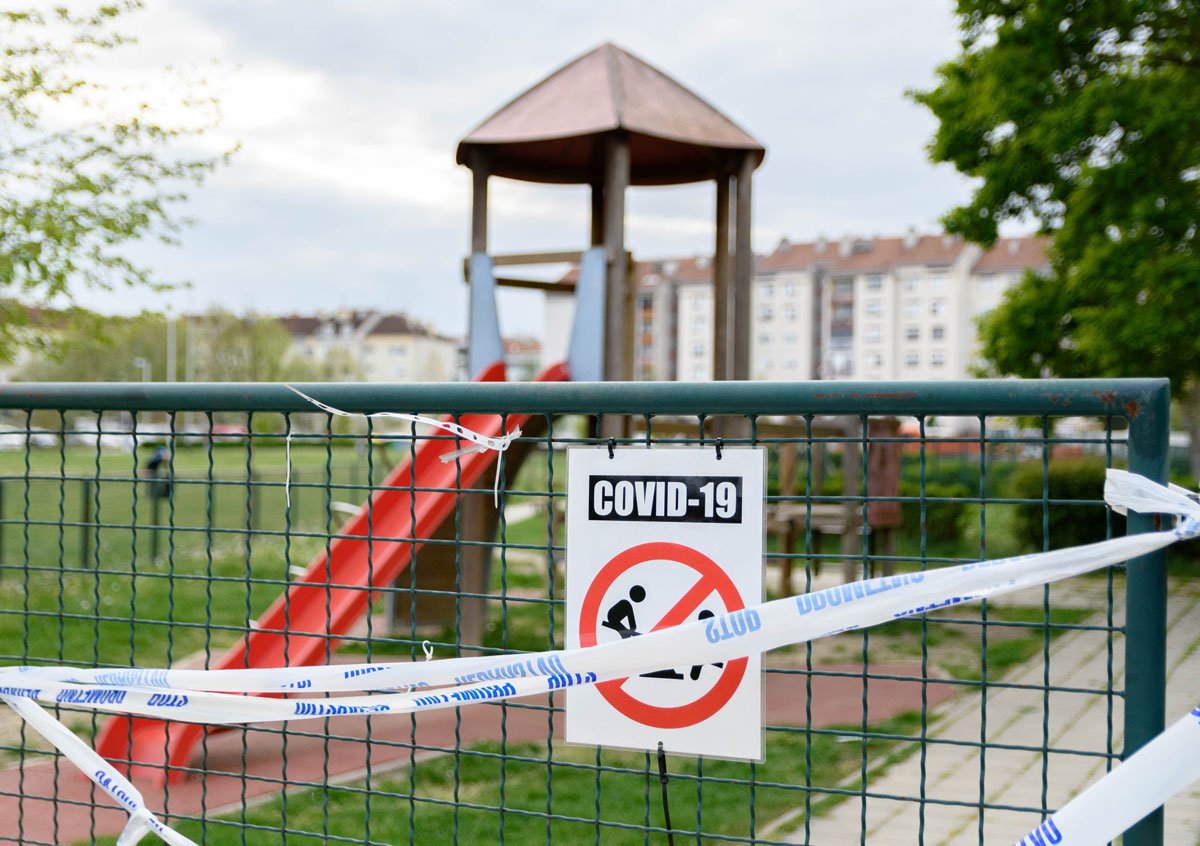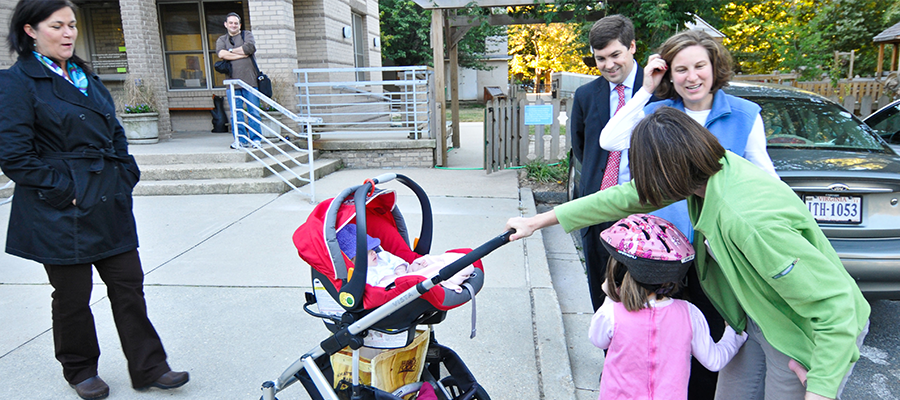
Each February, we set aside each time to celebrate Black History Month (BHM). The observance of BHM is a sort of antidote to the lack of Black history being embedded in general American history the rest of the year. We must understand that when we leave Black American or any other culture’s contributions out of our history, we miss a chance to learn about the inventions, films, music, freedom fighters and the legacy of strength and inspiration that this county was built upon. We hope that one day we will have strong, robust history lessons that celebrate the diversity of our country, but until we do observances such as BHM are critical.
You may be wondering about whether it’s appropriate to teach history to young children. That's understandable since it’s likely that, if you ask a child about something that happened last week, they may say “that was a long time ago.” Children do not have a strong concept of time until later in life, so to them last week was a long time ago when you consider their short timespan on this earth. But that is no reason to miss an opportunity to embrace inclusive practices in a way that is developmentally appropriate.
With all the racial tensions and civil unrest of the past year, what better time to highlight and teach about diversity in your program? Here are four strategies for incorporating diversity, equity and inclusion into your early childhood program on an ongoing basis.
1. Lesson Planning
Consider planning with the families and children in your program in mind. Invite families to tell their own history. Children and their families can share pictures, stories, etc. that showcase their culture and traditions. One great example could be creating a classroom family tree with branches for each family represented in the classroom or gathering room.
2. Environments
Representation matters! Ensure that your class is represented in your environment. I am not just talking about all the books, posters, dolls, crayons, and painting materials that you purchase from your school supply vendor. I am also referring to children seeing pictures of themselves and of people from their culture who are currently making history. Let’s go beyond rote memorization of poems, ditto sheets and speeches and dive into engaging children into a cultural learning experience every day.
3. Conversations
How do you start these conversations? Glad you asked. You just start. Talk about the new Vice President and how she is the first female, first Black and first Asian-American Vice President of the United States. She is currently making history! Discuss someone with whom children can make a connection, but also be explicit in honoring that individual’s culture and/or ethnic group. You can also start with conversations children bring up during large group and learning times and build upon them.
4. Make Connections…Quickly
Try not to spend too much time on a lot of overstimulating details when talking about a particular person or event. Do your best to condense them into one- or two-sentence key takeaways. For example, when telling children about Martin Luther King, Jr., share with children that he wanted people to be treated equally and with fairness and then connect that back to the way they should treat each other every day. That’s it. Remember, short and sweet with young children. You can use the acronym K.I.S.S. (keep it short and sweet) to help you remember.
To wrap it all together, just remember that no matter what the holiday or observance, be sure to think about how you can celebrate in an inclusive and developmentally appropriate way with young children. This subject of this blog post is BHM, but the concepts it discusses can be used for all celebrations and observances.
Additional Resources:
- Infographic: The History of Child Care in the United States
- Article: 24 Children's Books to Read to Kids in Honor of Black History Month





